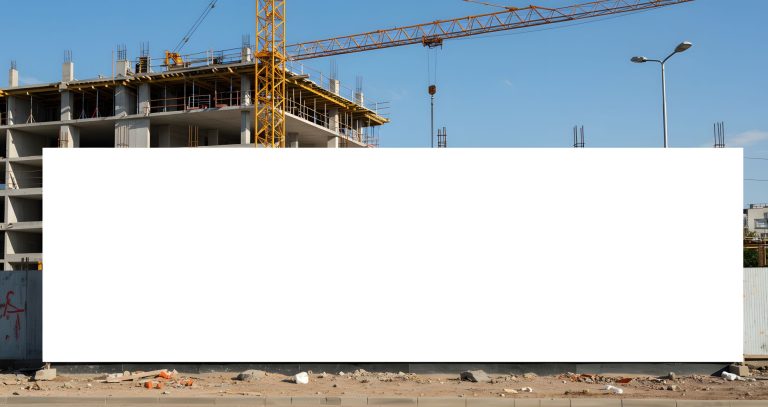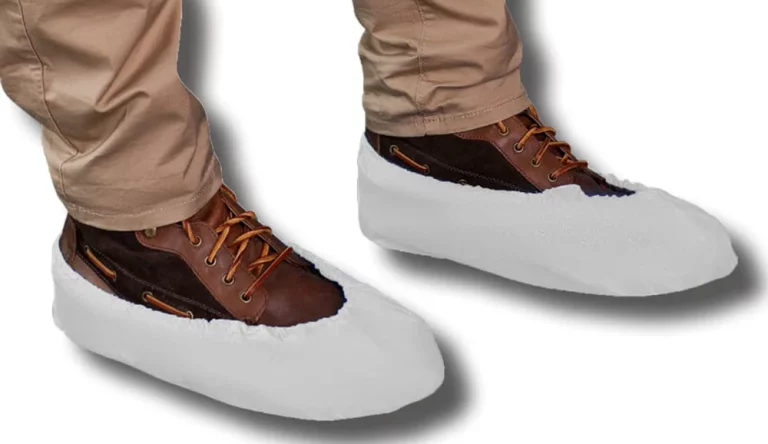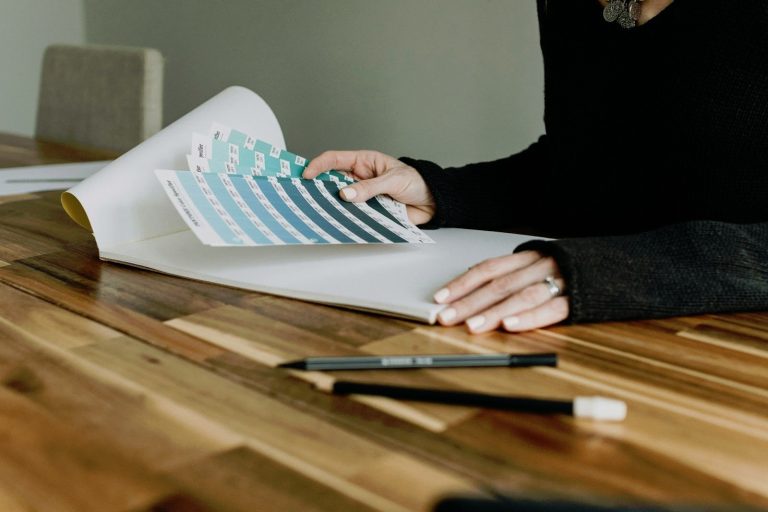As buildings become smarter and more connected, the boundary between physical circulation and digital navigation is starting to blur. Architects, fit-out specialists, and UX designers are increasingly drawing from the same playbook: how to move people comfortably and intuitively through complex spaces. Whether that space is a shopping concourse or a mobile dashboard, good design reduces friction and keeps users oriented. Translating Spatial Logic into Interface Design Shops and galleries have always used lighting, contrast, and sightlines to guide visitors intuitively. The same logic now shapes digital journeys. Predictable pacing, visual hierarchy, and motion cues help people focus, not fumble. This shared approach shows up across very different platforms. E-commerce sites such as John Lewis & Partners structure landing pages like a retail floor, leading customers from a broad entry zone to focused product areas. The same logic of guided discovery extends beyond retail, shaping how people engage with entertainment and social platforms where flow and rhythm sustain attention. High-stakes engagement platforms, like these examples of casinos that aren’t on Gamstop in the UK, follow similar design principles. The platform organises large volumes of data: operator lists, bonus comparisons, and payment details, into a clear, modular structure that feels easy to scan. Category panels, consistent typography, and visual spacing help users locate information without cognitive overload. These choices mirror the way physical environments use zoning and lighting to separate functions, keeping the experience simple even when the content is complex. Likewise, social networks such as LinkedIn or X rely on rhythm and spacing to create that same sense of easy movement. It is an online version of open-plan design. Across all of them, design works best when it guides rather than dictates. Tracking Flow Across Physical and Digital Space Movement data has become a design tool in its own right. In physical environments, retailers and architects track footfall, dwell time, and circulation density to refine layouts. The same data logic applies online, where analytics reveal where users hesitate or drop off. Within commercial projects, this feedback loop is now shared. Firms like Dalziel & Pow and Arup use behavioural data from digital interfaces to inform signage, lighting, and spatial zoning in retail and hospitality schemes. Insights from this kind of research increasingly inform the tone and rhythm of digital spaces, too. In retail, for example, customer flow data from stores helps brands understand how users scan, pause, and make decisions, lessons that can shape navigation hierarchy or pacing online. While the two systems aren’t formally linked, they draw from the same behavioural evidence: how movement, light, and layout influence choice. Smart Buildings and Adaptive Wayfinding Digital design tools are also transforming how buildings themselves behave. Smart lighting, automated signage, and adaptive routing systems now rely on sensor data, the architectural equivalent of a click map. When a station platform or shopping mall learns how people move and adjusts in response, it uses the same principles that power interface analytics. For construction and design teams, understanding this overlap means being able to prototype both journeys, physical and digital, before the first wall or wireframe goes up. Reducing Cognitive Load Whether in a building or on a screen, clutter creates confusion. Designers manage cognitive load through clarity: clear lines of sight, consistent hierarchy, and repetition. In the built environment, that can mean simplifying circulation routes, avoiding unnecessary visual noise, and using lighting to reinforce focus points. Research in spatial cognition shows that predictable layouts help people orient faster and feel more at ease, a principle equally relevant to wayfinding systems and interior planning. Retail designers refine this instinct through adjacency planning, grouping high-demand products to reduce backtracking and maintain a steady sense of progress. Digital teams apply the same principle with structured menus, visual grouping, and consistent interaction patterns that reduce the need for conscious thought. When people can navigate intuitively, whether down an aisle or through an interface, the design has succeeded. The goal is not just clarity, but comfort: reducing friction so movement feels natural and decision-making remains effortless. Designing for a Hybrid Future Projects like the King’s Cross Digital Twin and Transport for London’s Station Experience Model now combine physical sensor data with app-based navigation. These predictive tools allow teams to simulate pedestrian flow and screen interaction together, helping shape layouts, signage, and even material choices. For developers, this early, integrated prototyping of flow is key to reducing costly rework and ensuring that the physical build-out aligns perfectly with the intended digital experience and wayfinding strategy. Conclusion Designing flow is about empathy, understanding how people move, pause, and decide. The techniques behind it no longer belong solely to architecture or UX; they are shared across both. For architects, builders, and developers, every corridor, dashboard, and display is now part of the same user experience. The better those pathways are planned, the smoother the journey becomes. This cements user experience as the single unifying metric for the built and digital future.







